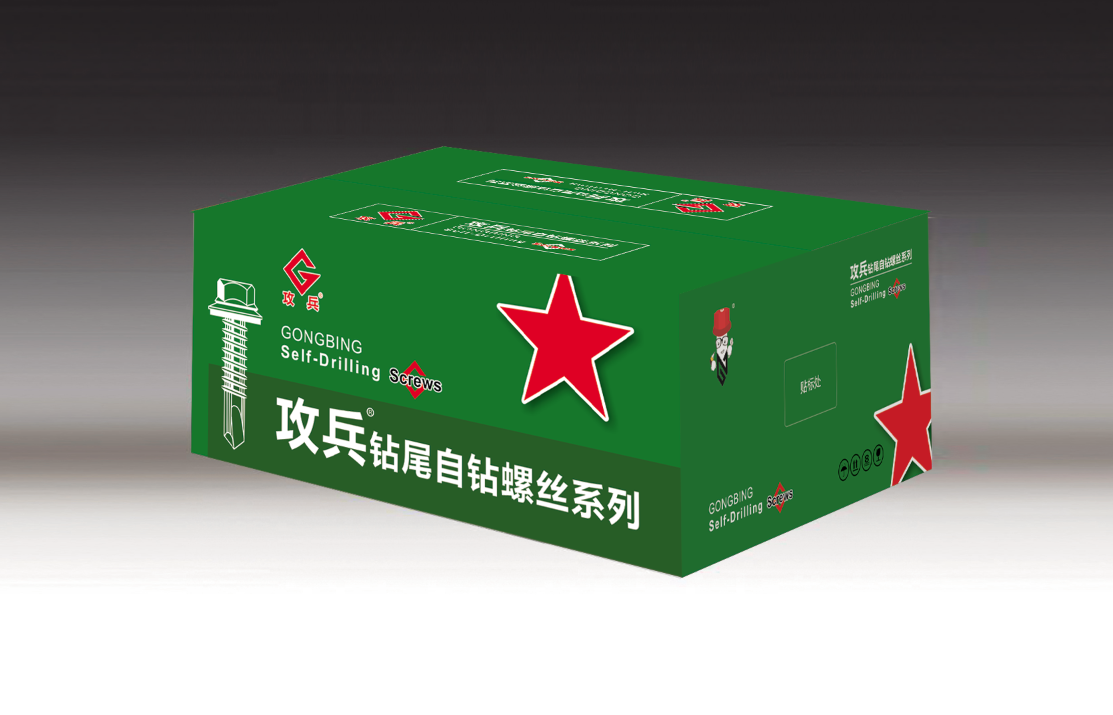Specifications for Chemical Anchor Bolts in Construction Applications
Understanding Chemical Anchor Bolts Specifications and Applications
Chemical anchor bolts are an integral part of modern construction and engineering applications, known for their capacity to provide secure fastening in various substrates. Unlike traditional mechanical anchors, chemical anchors utilize a combination of a resin and hardener that, when mixed and cured, form a solid bond with the concrete or masonry. This article delves into the specifications of chemical anchor bolts, highlighting their advantages, installation procedures, and applications in industrial and construction settings.
Specifications of Chemical Anchor Bolts
When considering chemical anchor bolts, it is important to refer to specific parameters that define their performance and suitability for various applications. Key specifications include
1. Material Composition Chemical anchor bolts are typically made from stainless steel, carbon steel, or other alloy materials that resist corrosion and ensure durability. The choice of material is critical, especially in environments susceptible to moisture, chemicals, or extreme temperatures.
2. Diameter and Length The diameter and length of the bolt are essential factors that influence its load capacity and application. Available diameters generally range from M6 to M30, while lengths can extend based on the base materials' thickness and the specific requirements of the construction project.
3. Load Ratings Each chemical anchor bolt comes with specific load ratings that indicate its capacity to withstand tensile and shear loads. Manufacturers usually provide comprehensive data on the Ultimate Load, Characteristic Load, and Safety Factors associated with their products.
4. Anchor Type Chemical anchors can be categorized into various types, including injectable cartridges and bulk packages. The choice depends on the application, installation environment, and the specifics of the project.
5. Installation Requirements Manufacturers often outline the installation procedures, including hole diameter, depth, and cleanliness standards to achieve optimal bonding. Following precise guidelines ensures maximum performance and safety.
6. Curing Time The curing time for chemical anchors can vary significantly depending on temperature and humidity, typically ranging from 30 minutes to several hours. Understanding the working time is crucial for planning subsequent construction activities.
Advantages of Chemical Anchor Bolts
Chemical anchor bolts present several advantages over traditional mechanical anchors
- Higher Load Capacity They provide superior load-bearing capacities, making them suitable for heavy-duty applications in structural settings.
- Versatility Chemical anchor bolts can be used in a wide range of base materials, including hollow and solid concrete, brick, and even in wet conditions.
- Reduced Expansion Stress Because they bond chemically with the base material, the stresses caused by expansion are significantly reduced, minimizing the risk of cracking or damage to the substrate.
chemical anchor bolts specification

- Adjustability Some chemical anchor systems allow for slight adjustments post-installation, providing flexibility in aligning components
.Installation Process
The installation of chemical anchor bolts generally consists of the following steps
1. Preparation Select the appropriate anchor bolt based on the specifications required for the project. Ensure the substrate surface is clean and free from loose debris and contaminants.
2. Drilling Use a suitable drill with the correct diameter to create a hole in the substrate, ensuring that it matches the specifications provided by the manufacturer.
3. Cleaning After drilling, thoroughly clean the hole using a brush or compressed air to remove all dust and debris, which is essential for achieving a strong bond.
4. Injection Inject the chemical resin into the hole, either from a cartridge or bulk system, ensuring that enough material is used for full coverage.
5. Insertion of the Bolt Insert the anchor bolt into the hole filled with resin, rotating it to ensure proper coating and alignment within the bonding material.
6. Curing Time Allow sufficient curing time as specified by the manufacturer, during which heavy loads should be avoided.
Applications of Chemical Anchor Bolts
Chemical anchor bolts are widely used in various applications within construction and engineering, including
- Structural Support They play a critical role in securing beams, columns, and trusses in buildings and bridges.
- Machinery Installation In industrial settings, they are utilized to anchor heavy machinery and equipment securely.
- Facade and Cladding Systems Chemical anchors are essential in attaching facade systems, ensuring stability and aesthetics in exterior applications.
In conclusion, understanding chemical anchor bolts' specifications and applications is vital for construction and engineering professionals. Their unique bonding capability and versatility make them essential tools for secure and reliable fastening in a variety of projects, contributing significantly to the safety and longevity of structures.
-
Weatherproof Plastic Expansion Anchors for OutdoorHabariJun.06,2025
-
Sustainability in the Supply Chain: Eco-Friendly TEK Screws ProductionHabariJun.06,2025
-
Load-Bearing Capacity of External Insulation FixingsHabariJun.06,2025
-
Double Head Bolts: Enhancing Efficiency in Industrial MachineryHabariJun.06,2025
-
Corrosion Resistance in Chipboard Screws: Coatings for Wholesale DurabilityHabariJun.06,2025
-
Butterfly Toggle Bolts : Enhancing Structural ResilienceHabariJun.06,2025
